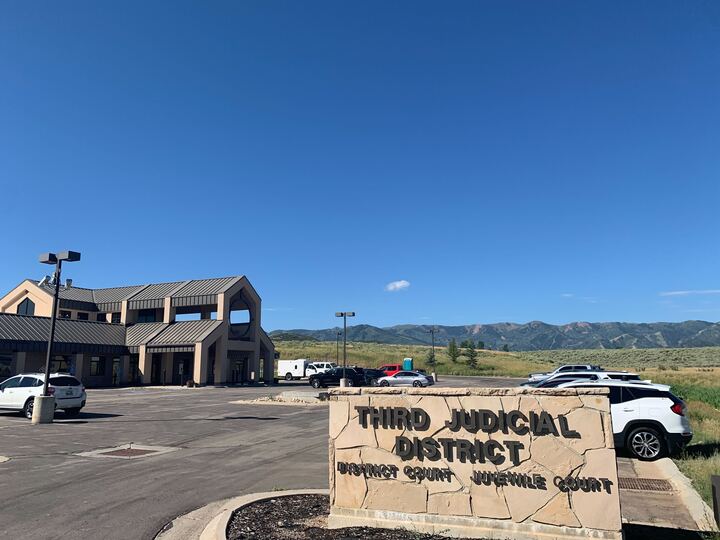Environment
Wild Wasatch: Owls and bats bring Utah’s October nights to life
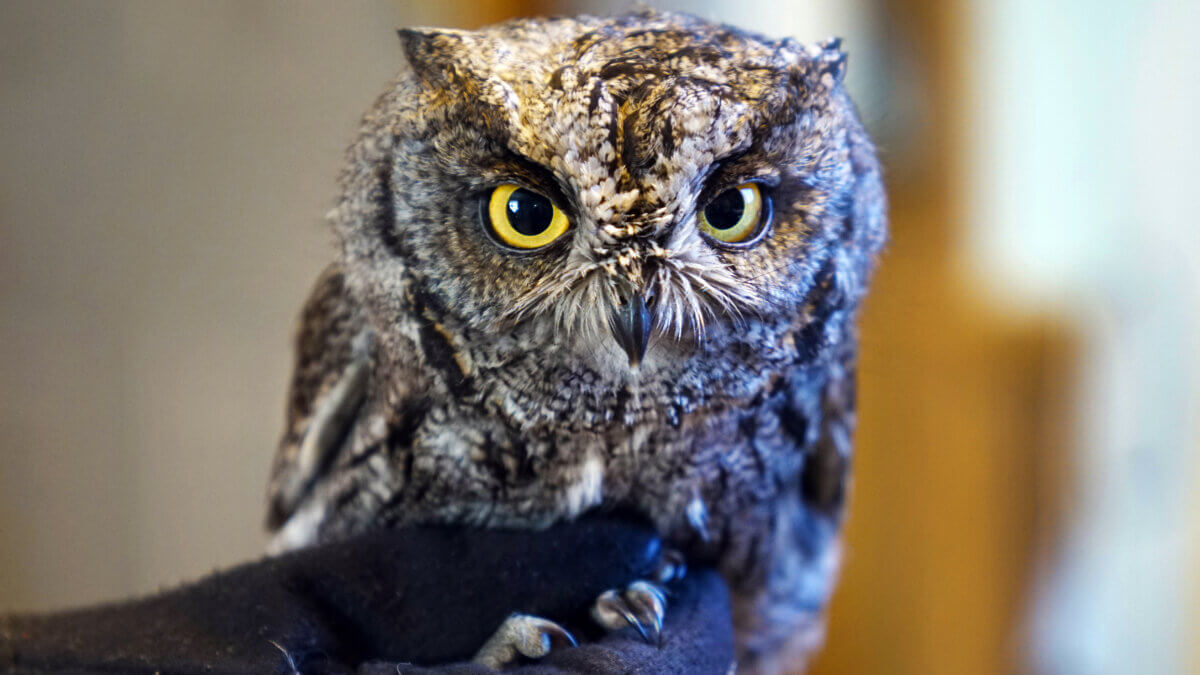
A western screech owl peers from its perch during a wildlife demonstration in northern Utah. Resident owl species like this one remain active in Summit County through fall and winter, hunting small rodents and communicating with soft hoots after dusk. Photo: Utah Division of Wildlife Resources
PARK CITY, Utah — As daylight shortens and temperatures drop, Utah’s nocturnal wildlife becomes increasingly visible—and more accurately, audible—across the Wasatch. In Summit County, owls and bats dominate the night sky in October, continuing their age-old patterns of migration, hunting, and preparation for winter.
According to Shawn Pladas, a Central Region conservation biologist with the Utah Division of Wildlife Resources, several owl species remain active through the fall, even as migratory species head south. The resident owls that can still be seen or heard in Summit County include the American barn owl, western screech owl, great horned owl, northern pygmy owl, and northern saw-whet owl.
“Most migratory species that might have been in Summit County over the summer have likely migrated, such as the flammulated owl,” Pladas stated. “Resident species can be seen or heard throughout the winter.”
Owls are most vocal during their breeding seasons, which typically occur from late winter through spring. However, Pladas noted that hooting and pair communication can still be heard at dusk and into the night. Many species choose to perch atop trees, snags, or fence posts while hunting small rodents.
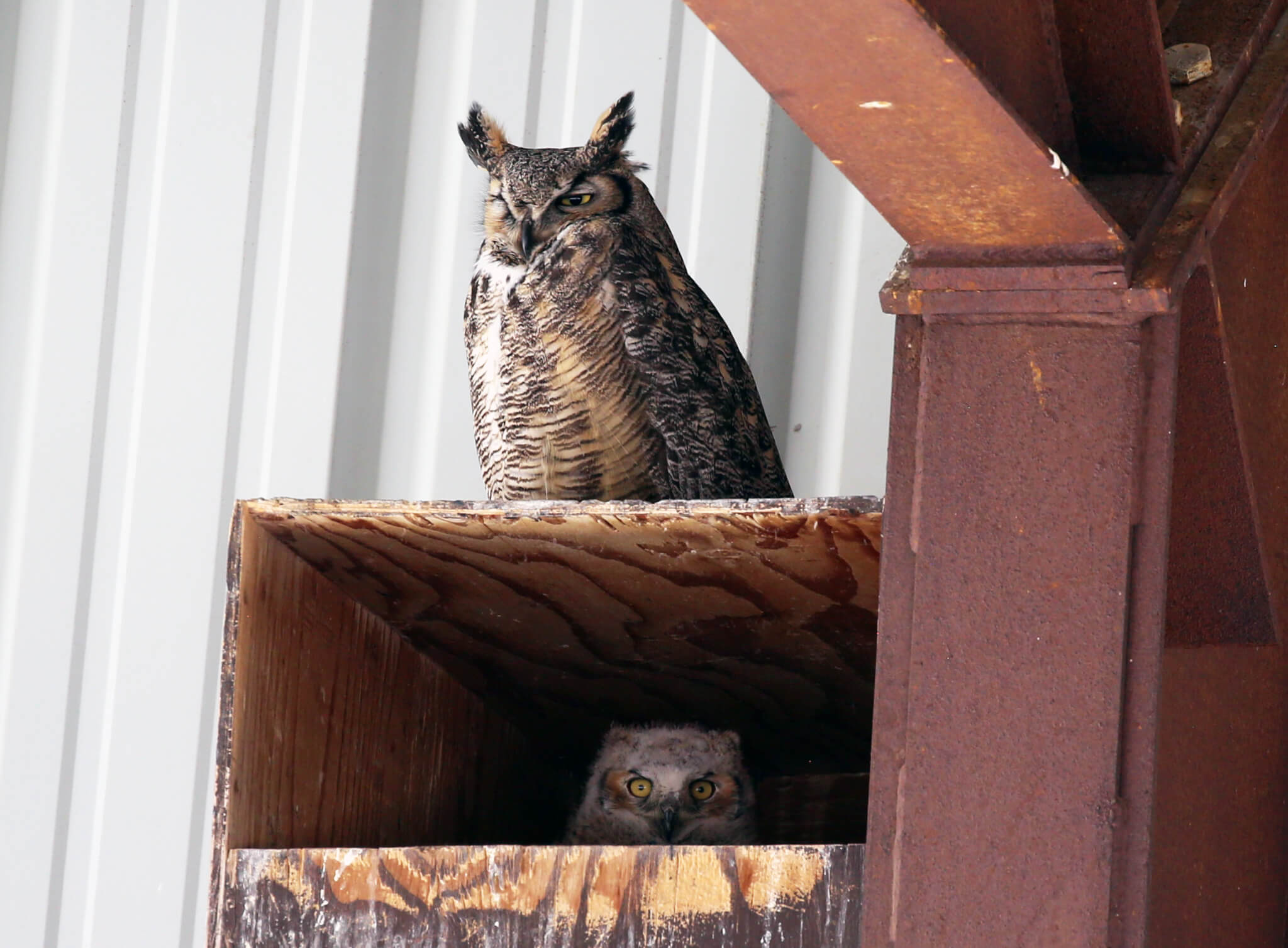
Bats are equally active during October nights. Pladas explained that Utah’s bat population is divided into two groups: migratory species and those that remain to hibernate through the cold months. All bats are insectivores, feeding exclusively on insects.
“Bats spend the early fall taking advantage of the final good foraging nights, building up energy reserves for either migration or hibernation,” he said. “Additionally, many hibernating bat species participate in ‘fall swarming’ during September and October.”
During this period, bats congregate near winter roosts—known as hibernacula—and breed. Female bats store sperm over the winter, delaying fertilization until spring.
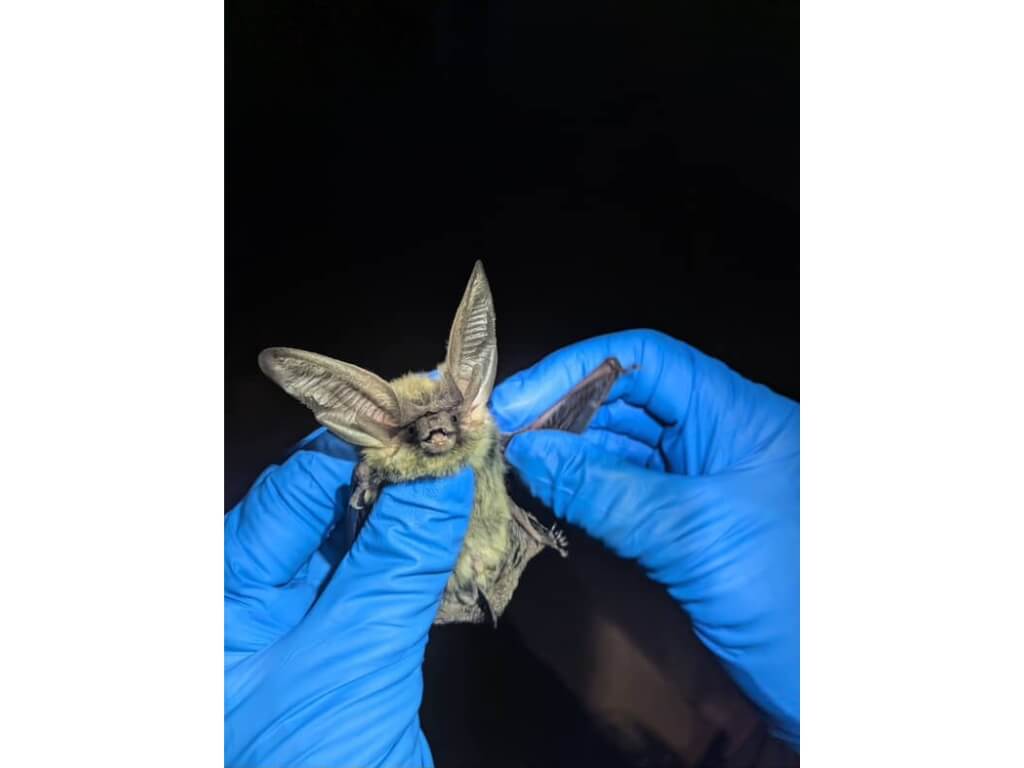
Both owls and bats possess remarkable adaptations that make them effective nocturnal hunters. Owls have feathers structured to dampen noise, allowing for near-silent flight. Their asymmetrical ears enable precise sound localization, and their facial disks funnel sound directly to their ears. Additionally, large, tubular eyes with high concentrations of light-sensitive rods give owls exceptional night vision.
“They also have twice as many neck vertebrae as humans, allowing them to rotate their heads up to 270 degrees,” Pladas explained. Their talons are powerful and needle-sharp, and a unique toe configuration—with one reversible outer toe—provides a secure grip on prey.
Bats, meanwhile, use both vision and sound to navigate and hunt. “No species of bat is blind,” Pladas clarified. “Some rely heavily on eyesight, while others depend on echolocation.”
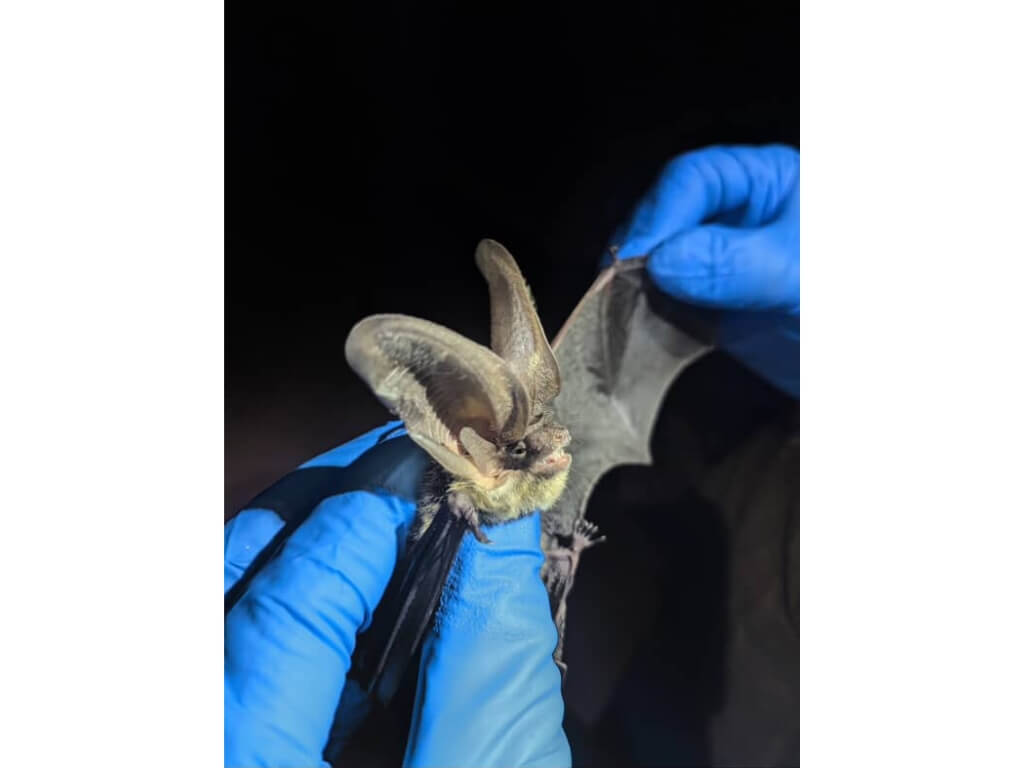
Utah’s bat species employ a range of echolocation calls: narrowband search calls to detect prey, followed by faster, broadband pulses as they close in. Insectivorous bats often capture prey mid-air, scooping insects into the membrane between their legs and tails before consuming them.
Despite common myths, bats are neither blind nor aggressive toward humans. Their erratic flight patterns usually stem from attempts to escape enclosed spaces rather than an intention to attack. “Bats are inherently avoidant of humans and other large animals,” Pladas said. “They play an invaluable ecological role in controlling insect populations, especially pest insects that can damage crops or spread disease.”
Although rare, bats can carry rabies, so Pladas urged caution if a bat is found grounded or behaving unusually. “A bat should never be handled without protective gloves and guidance,” he advised. “If a person or pet gets bitten or scratched, they should contact their local health department immediately.”
As fall deepens in the Wasatch, these winged hunters continue their vital work—owls perched silently over open fields and bats tracing invisible arcs through the darkness, reminding residents that Utah’s wild nights are alive and essential.

















